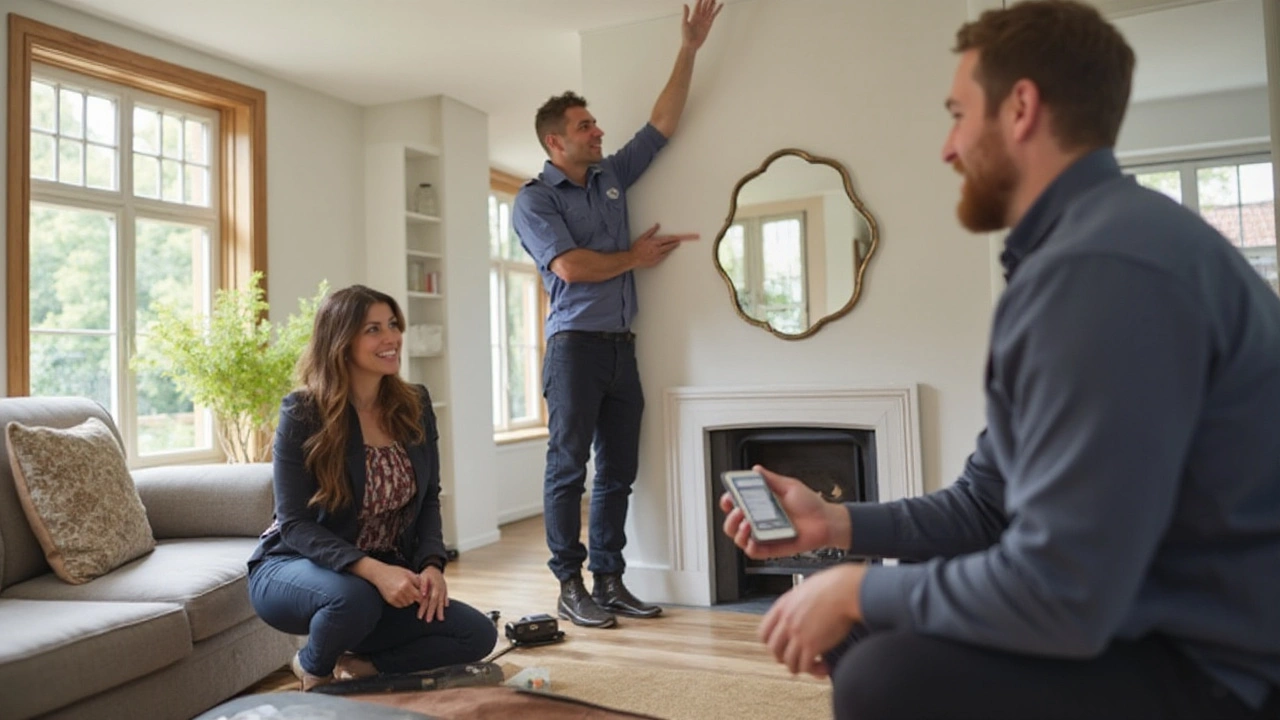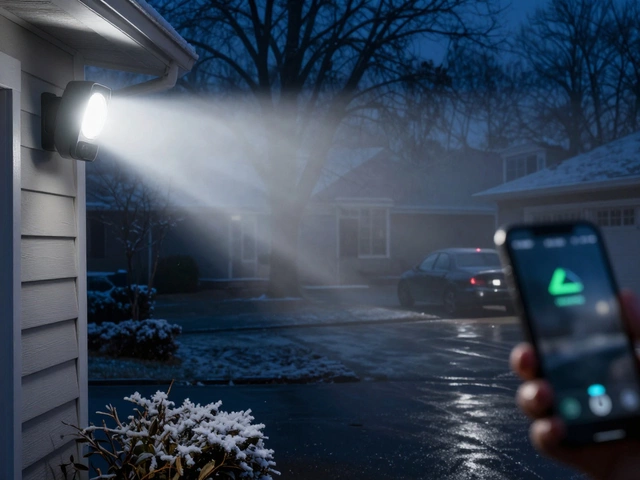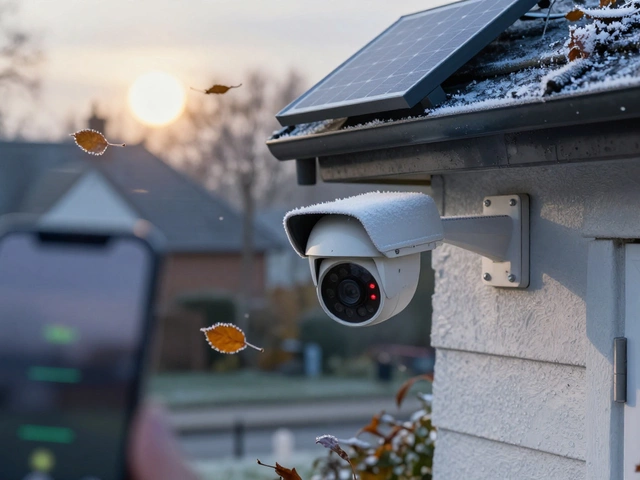Vivint Home Security: What You Need to Know in 2025
If you’re hunting for a reliable security system, Vivint often pops up in the conversation. It offers a mix of alarms, cameras, smart doorbells and 24/7 monitoring, all tied together in a single app. Below we break down the core features, cost factors and real‑world tips so you can decide if Vivint fits your home.
Core components and how they work together
Vivint’s kit starts with a gateway that talks to all the devices via a private radio network. The gateway connects to your Wi‑Fi and then to the monitoring centre. This means you get fast alerts even if your internet hiccups. The most popular add‑ons are the indoor/outdoor cameras, doorbell video unit and motion sensors. Each sensor reports to the gateway, which then decides whether to push a notification or trigger the alarm.
A big plus is the unified app. From your phone you can arm or disarm the system, view live video, set up custom motion zones and even control smart lights. The app also shows battery levels, so you never get a surprise dead sensor.
Pricing, contracts and what you actually pay for
Vivint pricing isn’t a one‑size‑fits‑all number. You’ll typically pay an equipment cost (often bundled with free installation), a monthly monitoring fee, and sometimes a small service charge for upgrades. In 2025 the standard monitoring plan runs around £35‑£40 per month, but you can add a video‑plus plan for an extra £10‑£15 to store footage in the cloud.
Contracts usually run for three years, with an early‑termination fee if you break them early. Keep an eye on any promotional discounts that drop after the first year; they can make the difference between a good deal and an overpriced service.
When comparing to other providers like ADT or SimpliSafe, Vivint shines in integration. It bundles doorbell cameras, smart locks and lighting in a way many competitors don’t. However, if you’re only after basic alarm monitoring, a simpler system might cost less.
Installation is handled by Vivint’s own technicians. They’ll run the wiring for hard‑wired cameras and doorbells, but many devices can also be placed wire‑free. If you live in a rental, ask whether you can keep the equipment after you move out – Vivint usually allows you to retain the hardware for a small fee.
One practical tip: test every sensor after installation. Walk past motion detectors, ring the doorbell and trigger the keypad to confirm the app shows the right alerts. Clear any false‑alarm settings early to avoid annoying police calls later.
Vivint also offers home automation rules. For example, you can set the porch light to turn on when the doorbell rings, or have the thermostat lower when the system is armed. These “smart” actions add convenience and can lower energy bills.
In short, Vivint is a solid choice if you want an all‑in‑one system that mixes security and smart home features. Look at your budget, decide which add‑ons you truly need, and read the contract fine print before signing. With the right setup, Vivint can give you peace of mind and a few extra comforts for years to come.






